Home>Gardening & Outdoor>Landscaping Ideas>How To Sketch Grass
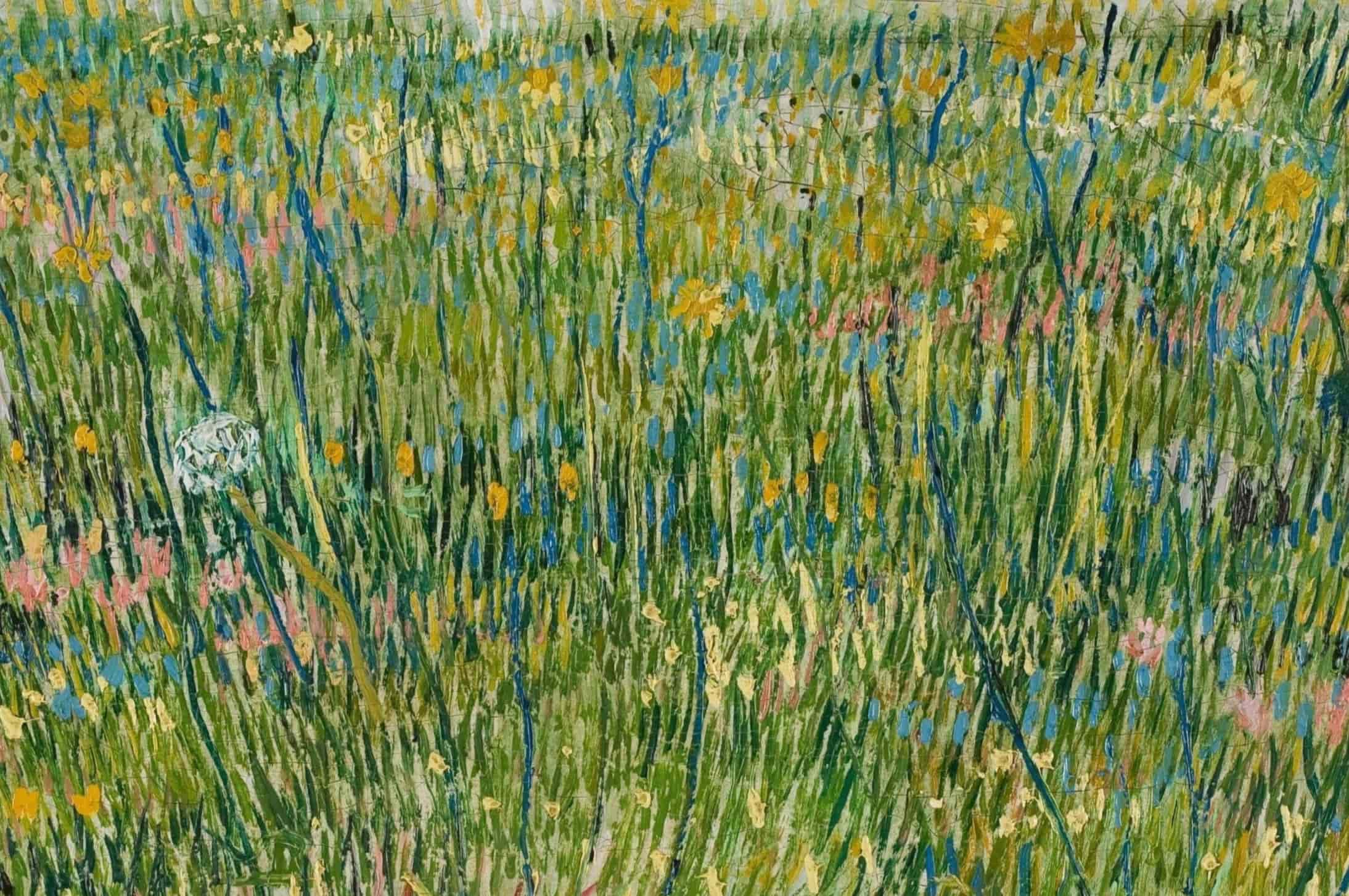

Landscaping Ideas
How To Sketch Grass
Published: January 25, 2024
Learn how to sketch realistic grass for your landscaping ideas with our step-by-step guide. Master the art of drawing grass today!
(Many of the links in this article redirect to a specific reviewed product. Your purchase of these products through affiliate links helps to generate commission for Storables.com, at no extra cost. Learn more)
**
Introduction
**
When it comes to sketching a landscape, the inclusion of lush, verdant grass can breathe life into the artwork. Capturing the essence of grass through sketching requires a keen eye for detail and a nuanced approach to texture and depth. Whether you are an aspiring artist or a seasoned sketching enthusiast, mastering the art of sketching grass can elevate the overall quality of your landscape drawings.
In this comprehensive guide, we will delve into the intricacies of sketching grass, from the essential materials needed to the techniques required to render realistic grass in your sketches. By observing the natural characteristics of grass and understanding the fundamental principles of sketching, you can infuse your artwork with a sense of vibrancy and natural beauty.
Join us on this artistic journey as we explore the nuances of sketching grass, unraveling the techniques that will enable you to breathe life into your landscape sketches. Whether you are sketching for pleasure or aiming to refine your artistic skills, mastering the art of sketching grass will undoubtedly enrich your creative repertoire.
**
Key Takeaways:
- Sketching grass requires keen observation of texture, color, and movement. Use varied pressure, directional strokes, and layering to create realistic and vibrant grass sketches.
- Infuse depth and detail into your grass sketches by employing shading, perspective, and attention to individual blades. Embrace the beauty of grass and let your sketches captivate the natural world.
Read more: How To Use SketchUp For Landscape Design
Materials Needed
**
Before embarking on the endeavor of sketching grass, it is essential to gather the requisite materials to ensure a seamless and enjoyable artistic process. The following materials are fundamental for capturing the verdant allure of grass in your sketches:
- Pencils: A set of high-quality pencils ranging from 2H to 6B will provide the necessary range for sketching grass. The harder pencils, such as 2H and H, are ideal for initial outlines and light strokes, while the softer pencils, like 2B to 6B, allow for shading and adding depth to the grass.
- Sketchbook: A sketchbook with acid-free, heavyweight paper provides a sturdy and reliable surface for sketching. The paper should have ample tooth to capture the texture of grass effectively.
- Eraser: A soft, kneaded eraser is indispensable for refining details and highlights in your grass sketches. Additionally, a precision eraser can be used for intricate erasing tasks.
- Blending Stump: A blending stump or tortillon facilitates the seamless blending of pencil strokes, contributing to a more natural and realistic depiction of grass.
- Reference Images: Access to reference images of various grassy landscapes can serve as a point of inspiration and provide valuable visual guidance as you hone your grass-sketching skills.
By ensuring that you have these materials at your disposal, you can approach the process of sketching grass with confidence, knowing that you have the necessary tools to bring your artistic vision to life.
**
Observing Grass
**
Before putting pencil to paper, it is crucial to develop a keen eye for observing the intricate details of grass in its natural environment. By immersing yourself in the beauty of grassy landscapes, you can gain a deeper understanding of the nuances that characterize different types of grass. Whether it’s the delicate blades of a manicured lawn or the untamed wildness of a meadow, each setting offers unique insights into the texture, movement, and color of grass.
Take the time to observe the following aspects of grass:
- Texture: Notice the texture of the grass blades, ranging from fine and feathery to coarse and robust. Pay attention to how the light interacts with the texture, creating highlights and shadows that define the form of the grass.
- Color Variations: Grass exhibits a diverse range of hues, from vibrant green to muted olive tones. Observe how the color of the grass shifts with changes in lighting and environmental conditions.
- Movement: Grass is dynamic, swaying gently in the breeze or standing upright in stillness. Observe the movement of grass and how it contributes to the overall visual appeal of the landscape.
- Groupings and Patterns: Notice how grass grows in clusters and forms distinct patterns across the landscape. These groupings and patterns add visual interest and can be compelling elements to incorporate into your sketches.
By honing your observational skills, you can internalize the essence of grass and translate its natural beauty onto the pages of your sketchbook. This mindful observation serves as the foundation for creating authentic and evocative grass sketches, infusing your artwork with a sense of realism and depth.
**
Basic Sketching Techniques
**
Mastering the basic sketching techniques is essential for effectively capturing the essence of grass in your artwork. Whether you are a novice artist or a seasoned sketching enthusiast, honing these fundamental techniques will lay the groundwork for creating compelling grass sketches.
Consider the following techniques when sketching grass:
- Light Outlines: Begin by lightly outlining the general shape and contours of the grassy area. Use a harder pencil, such as 2H or H, to create these initial outlines, ensuring that they are faint and easily adjustable as you refine the details.
- Directional Strokes: Pay attention to the direction in which the grass blades grow. Use deliberate, directional strokes to mimic the natural flow of the grass, varying the length and angle of the strokes to convey depth and movement.
- Varied Pressure: Experiment with applying varied pressure to your pencil strokes to create a sense of depth and dimension within the grass. Lighter pressure can convey delicate grass blades, while firmer pressure adds depth and definition to the foreground.
- Negative Space: Utilize negative space to define the shape and form of the grass. Pay attention to the spaces between the grass blades and use them to sculpt the overall appearance of the grassy area.
- Layering: Build layers of grass by gradually adding more strokes and details, starting with a lighter pencil and progressing to softer pencils for shading and texture. This layering technique adds richness and complexity to your grass sketches.
By incorporating these basic sketching techniques into your artistic practice, you can begin to infuse your grass sketches with a sense of realism and vitality. Embrace the process of experimentation and refinement, allowing your sketches to evolve organically as you explore the nuances of grass through your artistic expression.
**
When sketching grass, start by lightly drawing the general shape of the area. Then use quick, short strokes to create the texture of the grass, varying the length and direction of the lines to make it look more natural.
Creating Texture
**
Texture plays a pivotal role in conveying the tactile quality of grass in your sketches, adding depth and visual interest to the overall composition. By employing specific techniques, you can effectively emulate the varied textures present in different types of grass, from the fine blades of a manicured lawn to the wild, untamed foliage of a meadow.
Consider the following approaches to create texture in your grass sketches:
- Cross-Hatching: Utilize the cross-hatching technique to simulate the intricate interweaving of grass blades. By layering intersecting lines at varying angles, you can convey the density and complexity of grass texture, especially in areas of shadow and depth.
- Scumbling: Employ scumbling, a technique involving the use of small, circular motions with a pencil, to create a soft and mottled texture reminiscent of lush grass. This method is particularly effective for capturing the gentle undulations and softness of grassy terrain.
- Blending: Experiment with blending different pencil grades to seamlessly merge strokes and create a smooth, velvety texture that mimics the softness of grass. Blending can be especially useful for areas of grass that require a more uniform and delicate appearance.
- Impressionistic Strokes: Embrace impressionistic strokes to evoke the essence of grass without getting lost in intricate details. By using expressive, gestural strokes, you can convey the movement and liveliness of grass, infusing your sketches with a dynamic and spontaneous quality.
By integrating these texture-creating techniques into your grass sketches, you can elevate the visual richness of your artwork, immersing the viewer in the tactile allure of verdant grasslands. Embrace experimentation and adapt these techniques to suit the specific characteristics of the grass you aim to portray, allowing your sketches to exude an authentic and captivating texture.
**
Read more: How To Add Infill To A SketchUp Model
Adding Depth and Detail
**
Infusing your grass sketches with depth and detail is essential for creating a compelling and immersive depiction of grassy landscapes. By employing nuanced shading, perspective, and attention to detail, you can breathe life into your sketches, evoking the lush and vibrant quality of natural grass.
Consider the following techniques for adding depth and detail to your grass sketches:
- Foreground and Background: Establish a sense of depth by varying the intensity and density of your pencil strokes. Emphasize the foreground grass with bolder and more defined strokes, gradually transitioning to lighter and softer strokes for the background, creating a convincing sense of spatial depth.
- Cast Shadows: Pay close attention to the interplay of light and shadow within the grassy terrain. Use subtle shading to create cast shadows, adding dimension and realism to your sketches. The careful placement of shadows can accentuate the form and movement of the grass, enhancing its visual impact.
- Detailing Individual Blades: Delicately render individual grass blades with precise and controlled strokes, capturing the intricate details that contribute to the overall texture and character of the grass. Focus on the unique shapes and orientations of the grass blades, infusing your sketches with a sense of intricacy and authenticity.
- Perspective and Convergence: Convey the illusion of depth by employing perspective techniques that align with the natural convergence of grass blades. Utilize diminishing sizes and converging lines to create the impression of receding grassy expanses, enhancing the spatial realism of your sketches.
By integrating these techniques into your artistic practice, you can imbue your grass sketches with a heightened sense of dimension and intricacy, inviting viewers to immerse themselves in the captivating world of verdant grasslands. Embrace the interplay of light, shadow, and meticulous detail, allowing your sketches to resonate with the vibrancy and natural beauty of grass.
**
Conclusion
**
Embarking on the artistic journey of sketching grass opens a gateway to the captivating realm of landscape artistry, allowing you to capture the verdant allure of nature with each stroke of your pencil. By honing your observational skills, mastering fundamental sketching techniques, and infusing your artwork with texture, depth, and detail, you can breathe life into your grass sketches, transforming them into evocative portrayals of the natural world.
As you continue to refine your grass-sketching skills, remember to embrace the inherent beauty and diversity of grass, drawing inspiration from the myriad textures, colors, and movements that define this ubiquitous element of the natural landscape. Whether you seek to convey the gentle serenity of a sun-dappled meadow or the vibrant lushness of a flourishing lawn, the art of sketching grass offers endless opportunities for creative expression and exploration.
Through patient observation and dedicated practice, you can cultivate a profound appreciation for the intricacies of grass, translating its essence onto the pages of your sketchbook with authenticity and finesse. Let each sketch be a testament to the timeless allure of grass, inviting viewers to immerse themselves in the tranquil beauty of verdant landscapes.
As you venture forth on your artistic endeavors, may your grass sketches serve as windows to the natural world, inviting others to behold the enchanting tapestry of grassy terrains through the lens of your creative vision.
Frequently Asked Questions about How To Sketch Grass
Was this page helpful?
At Storables.com, we guarantee accurate and reliable information. Our content, validated by Expert Board Contributors, is crafted following stringent Editorial Policies. We're committed to providing you with well-researched, expert-backed insights for all your informational needs.
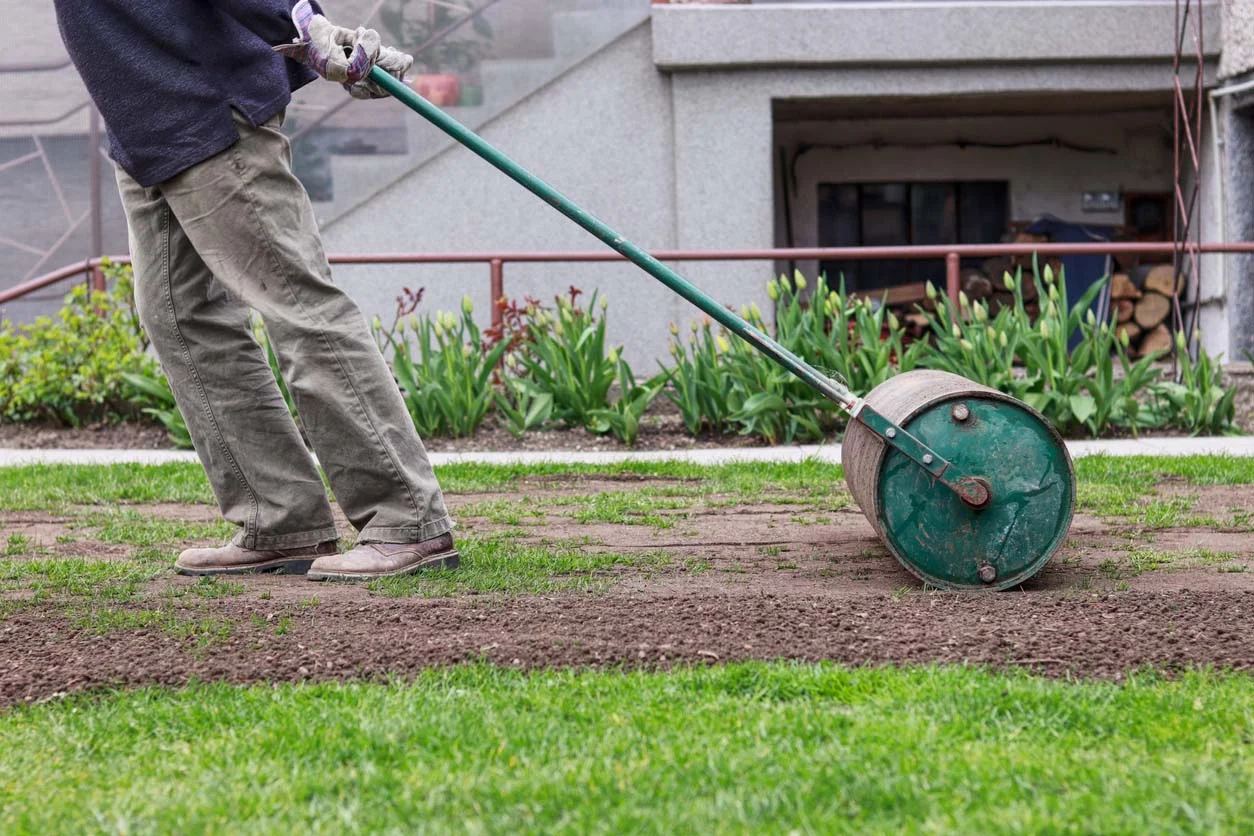
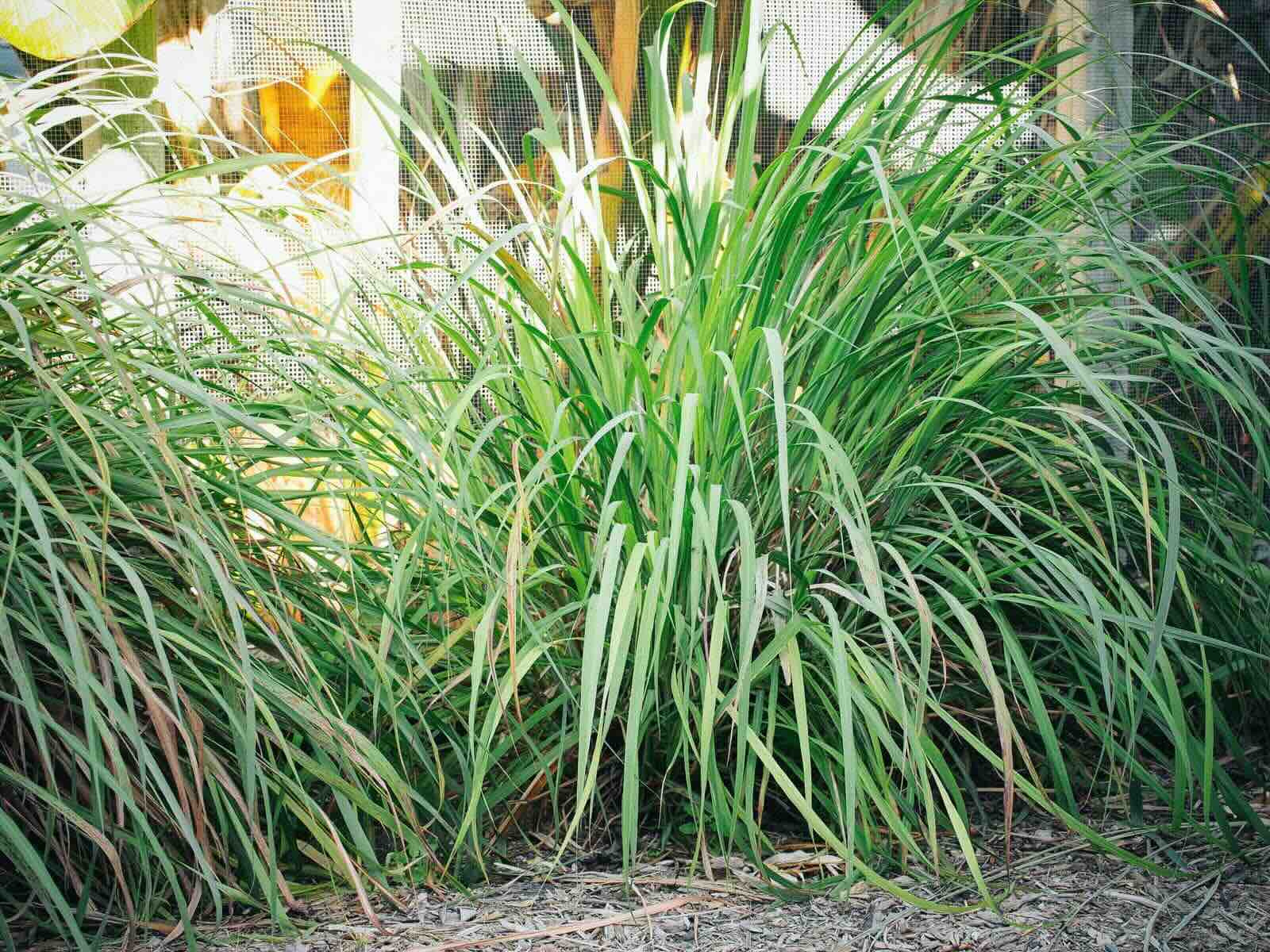
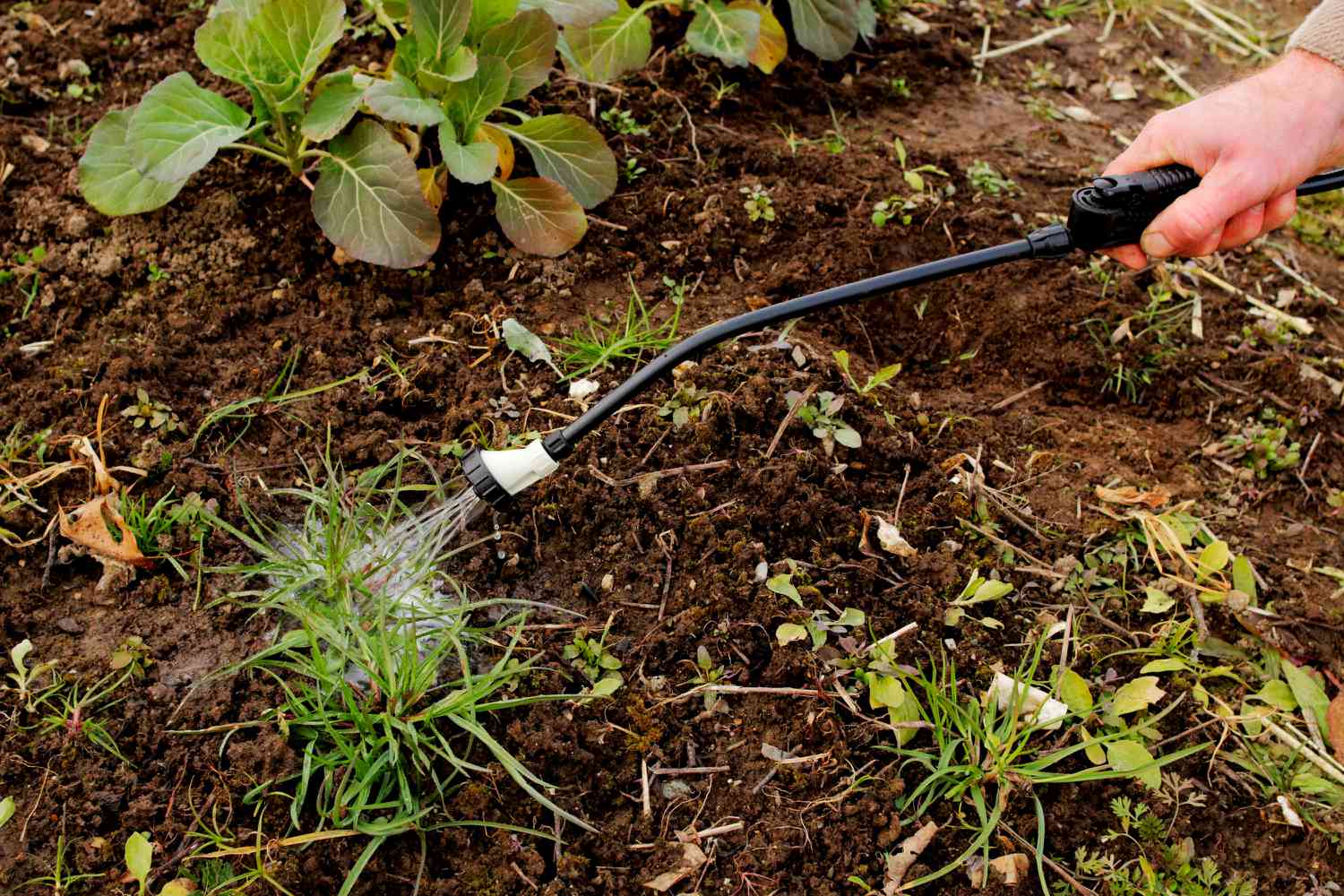

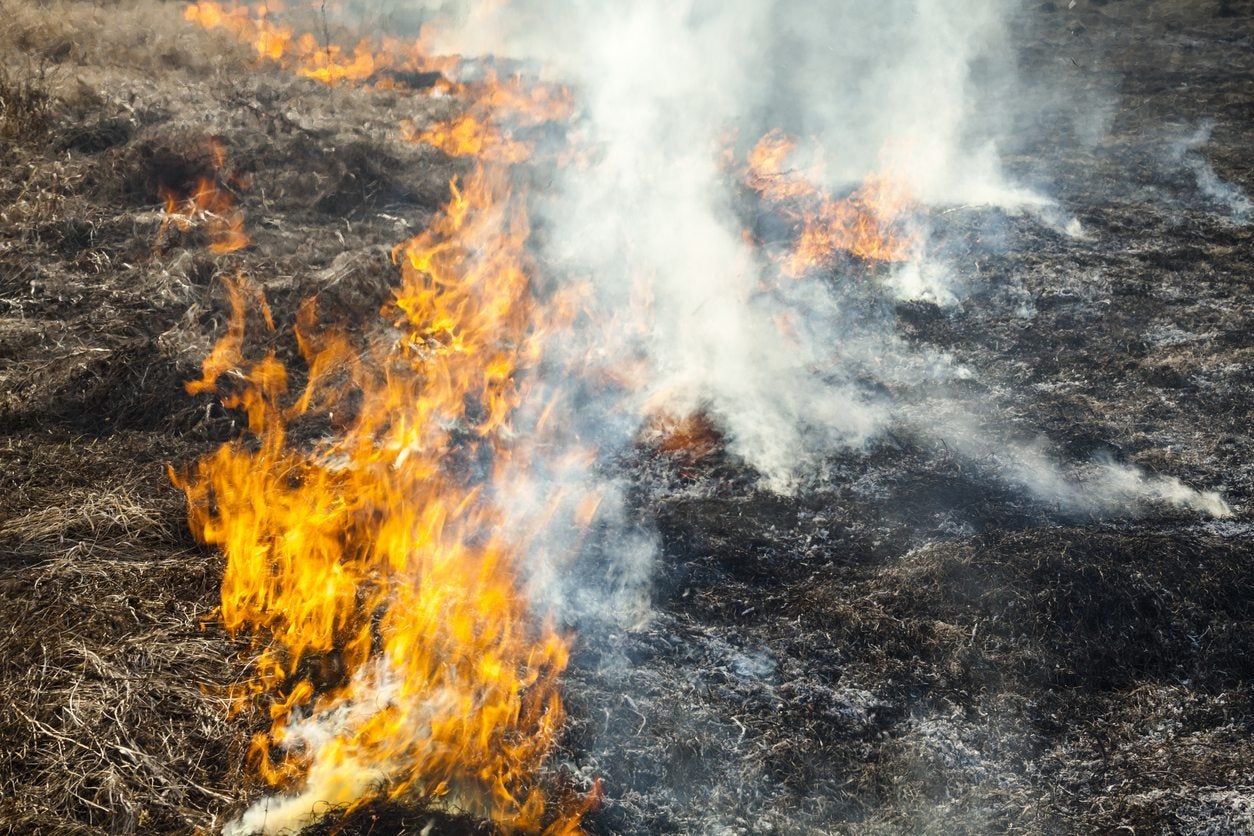
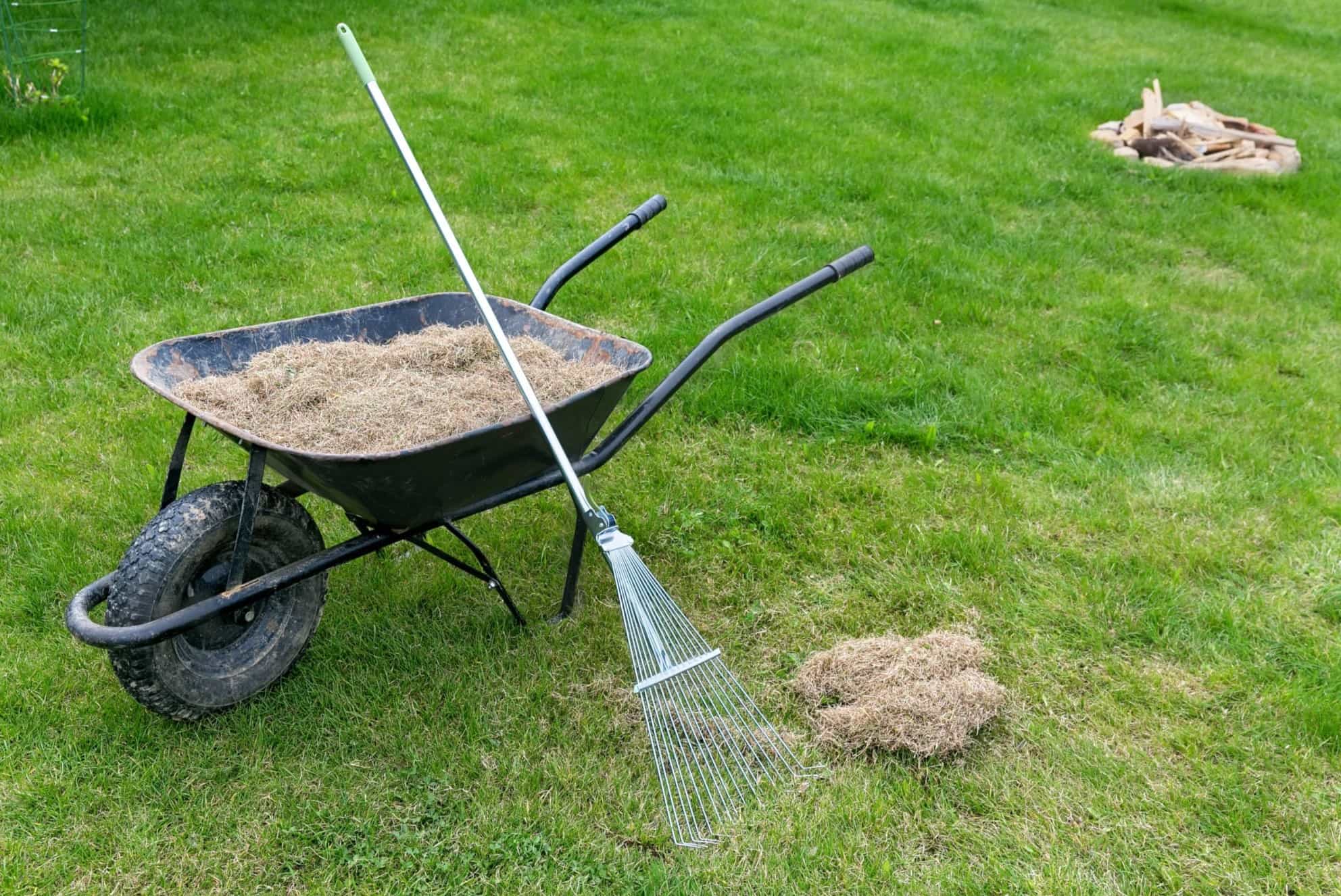
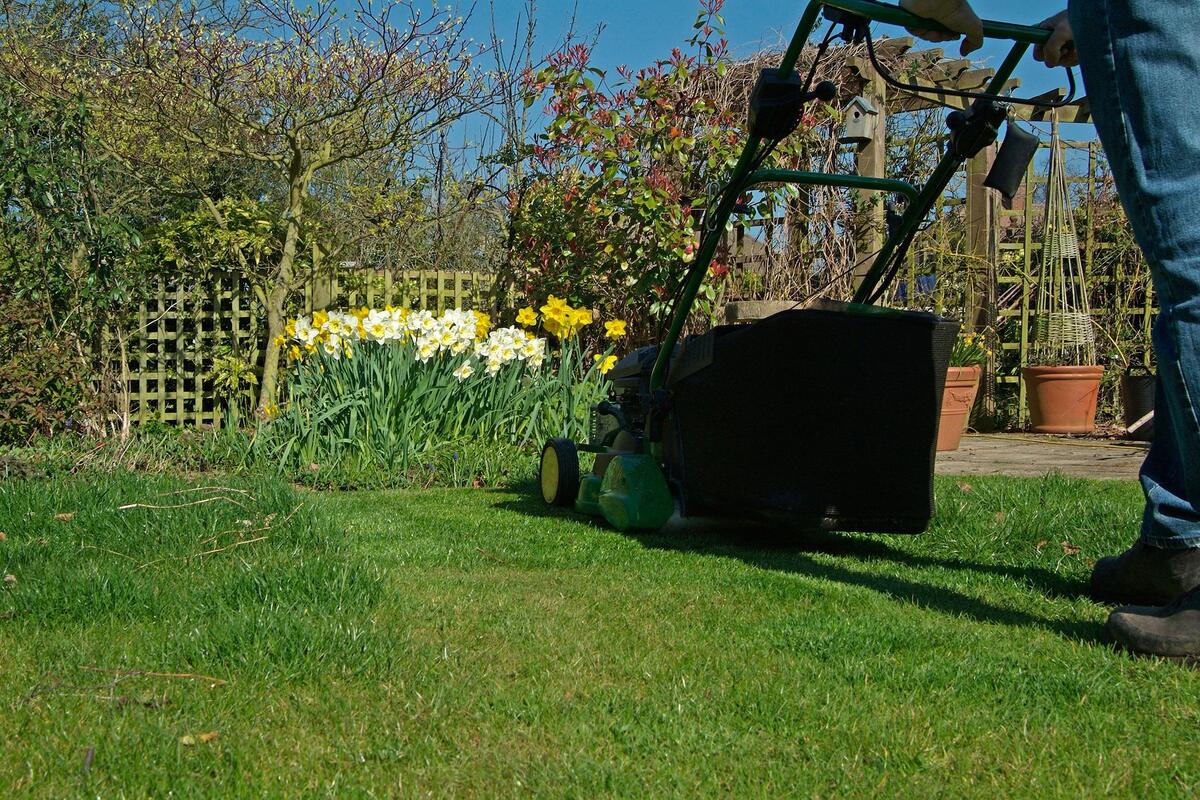
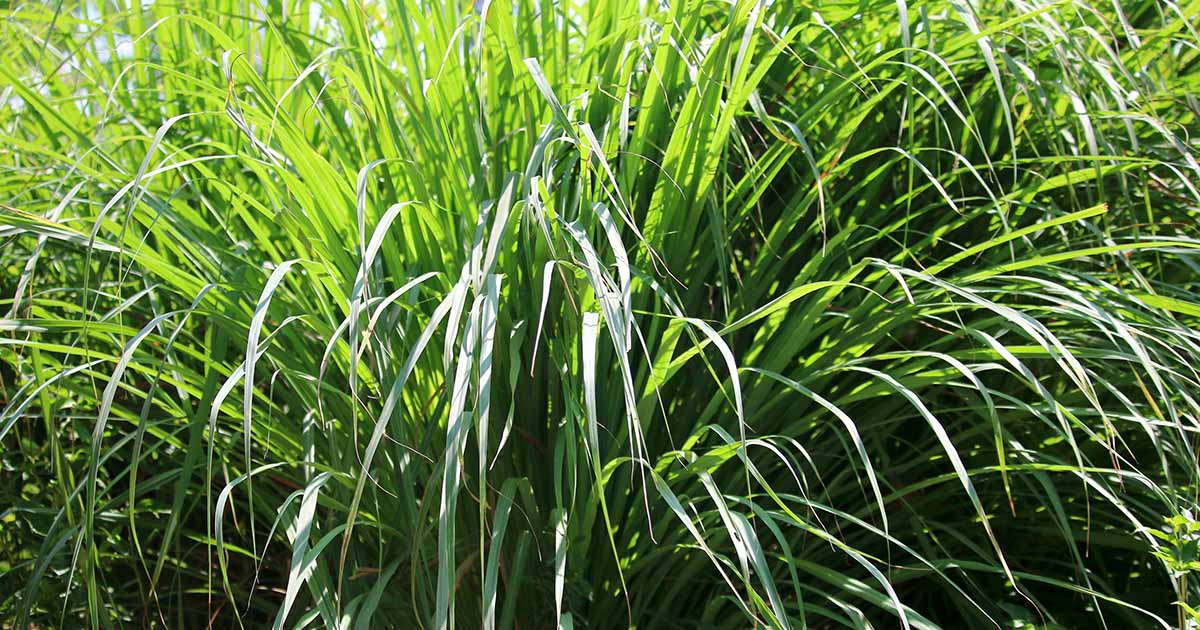
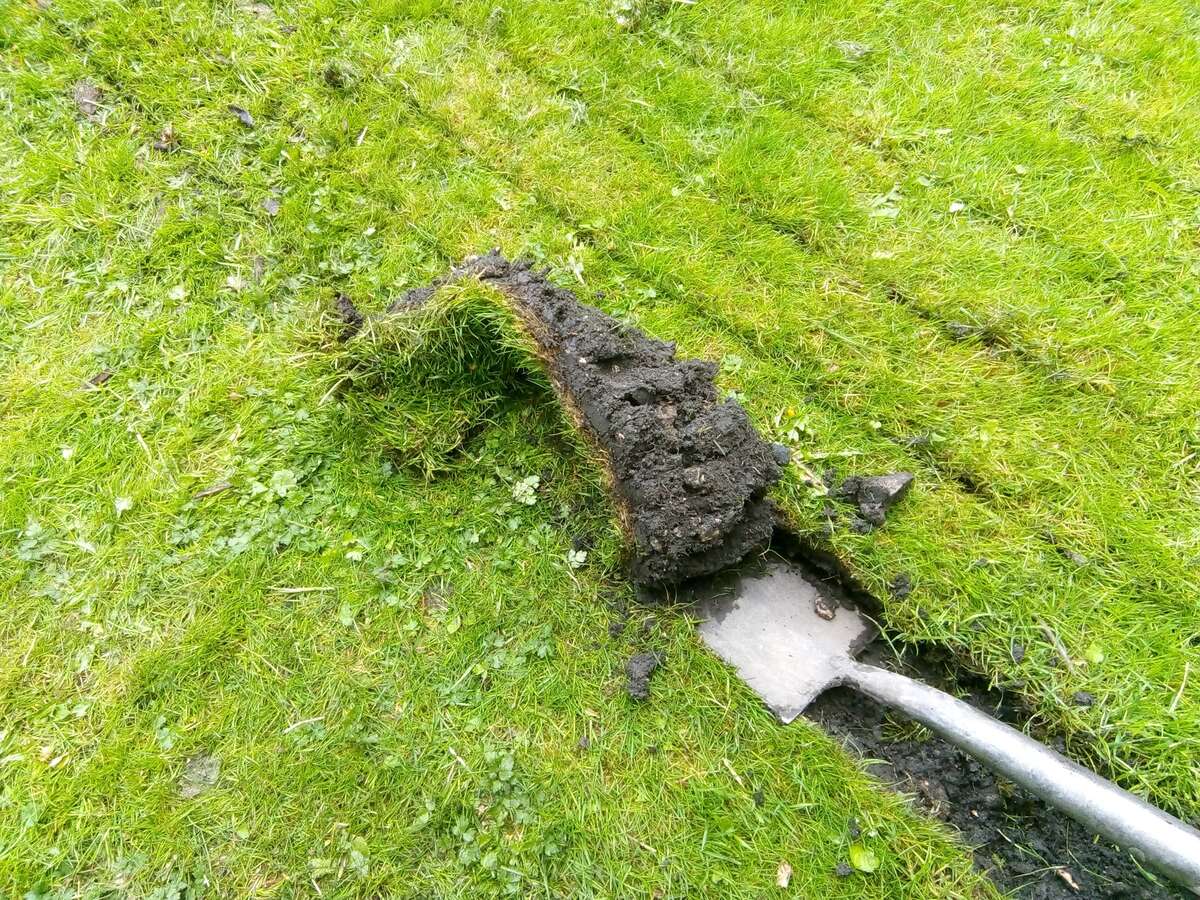
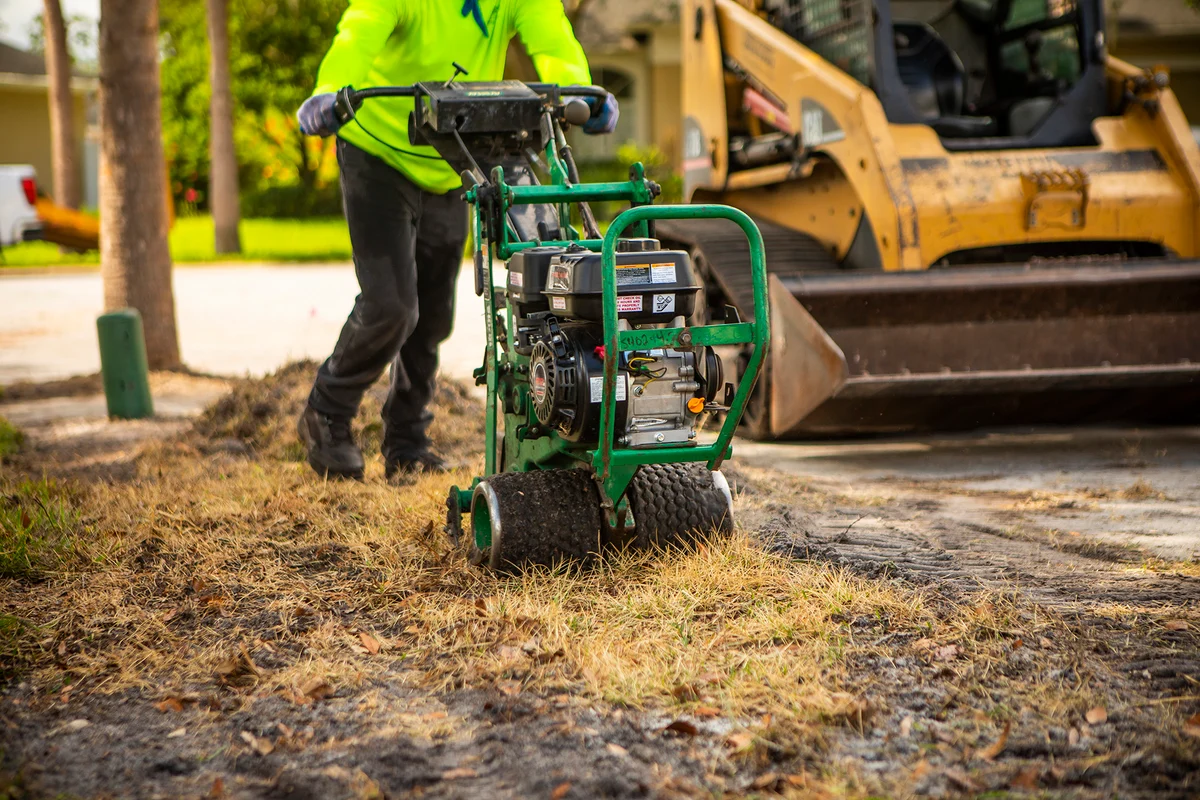
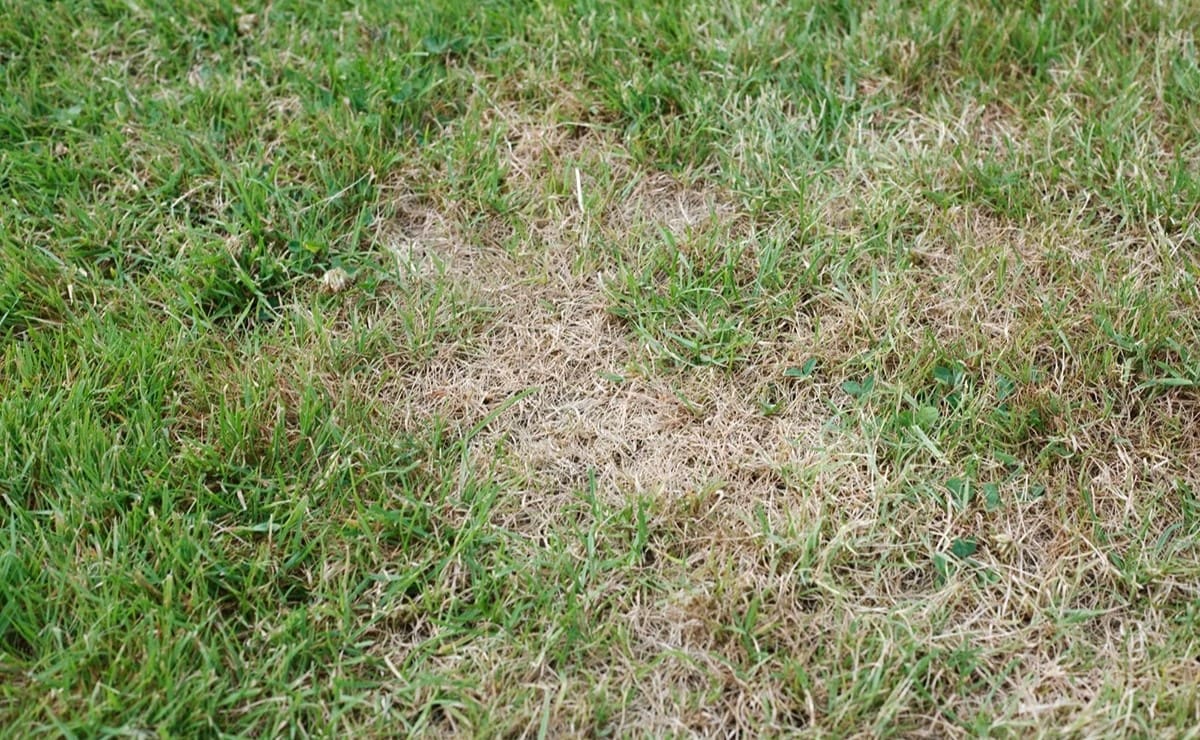

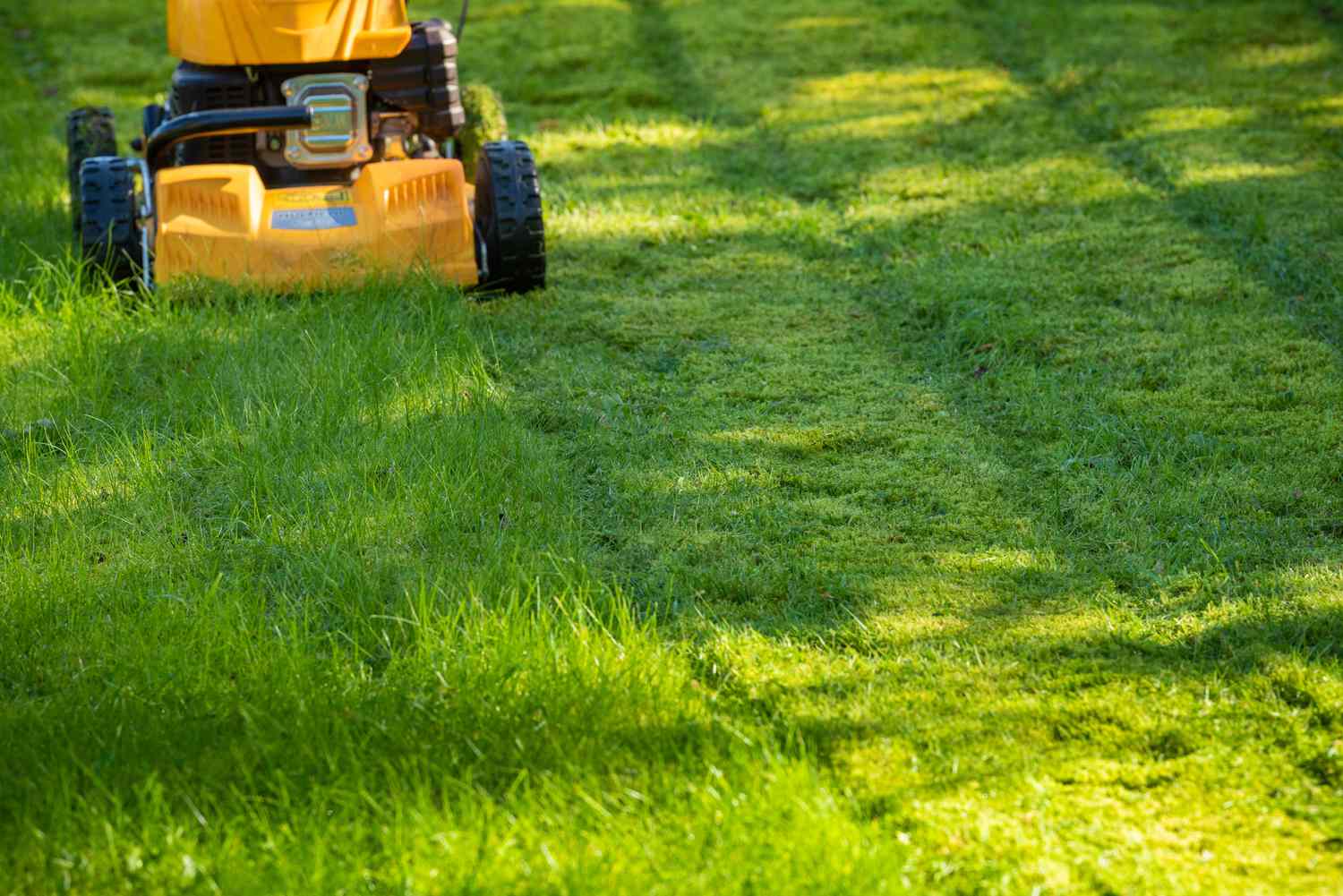
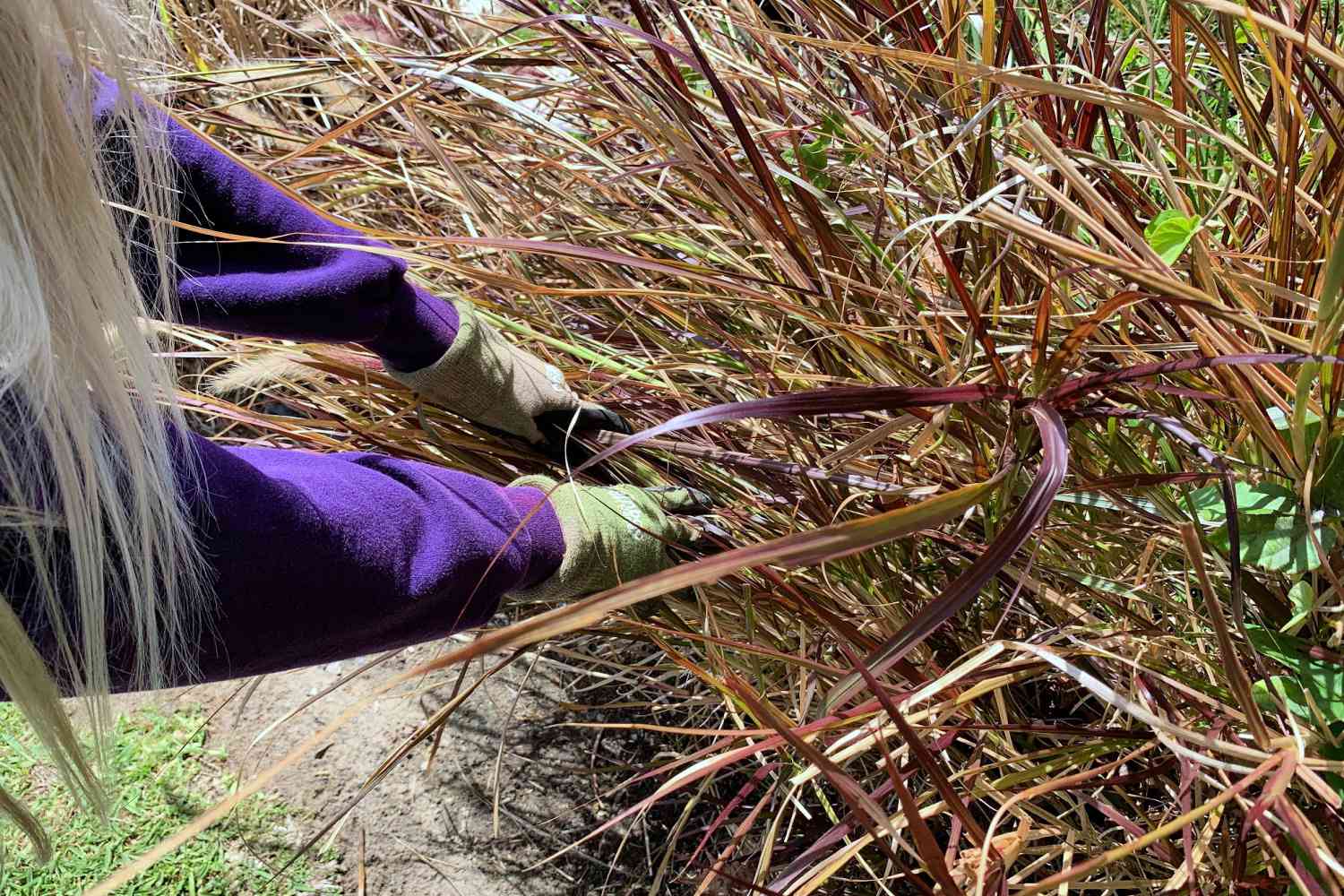

0 thoughts on “How To Sketch Grass”